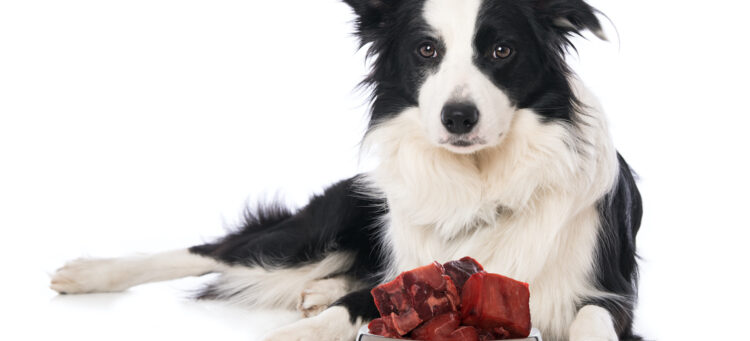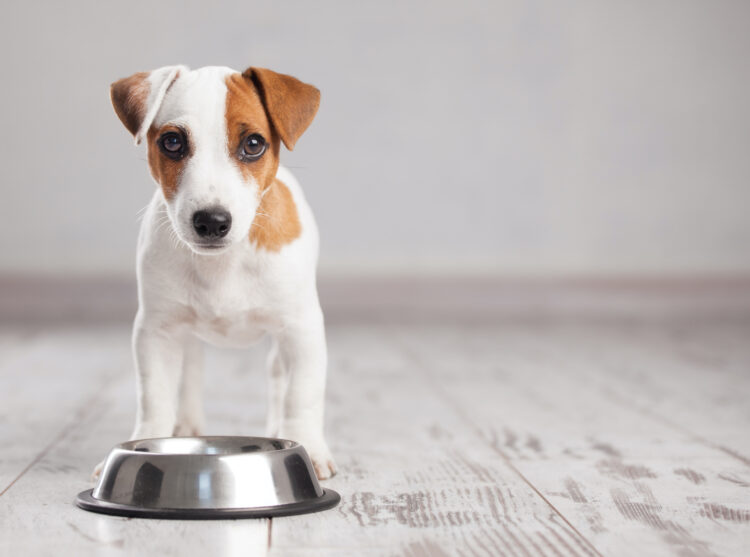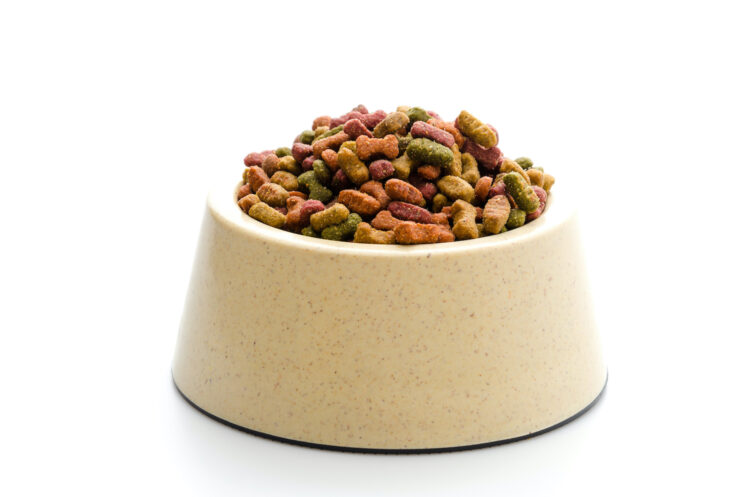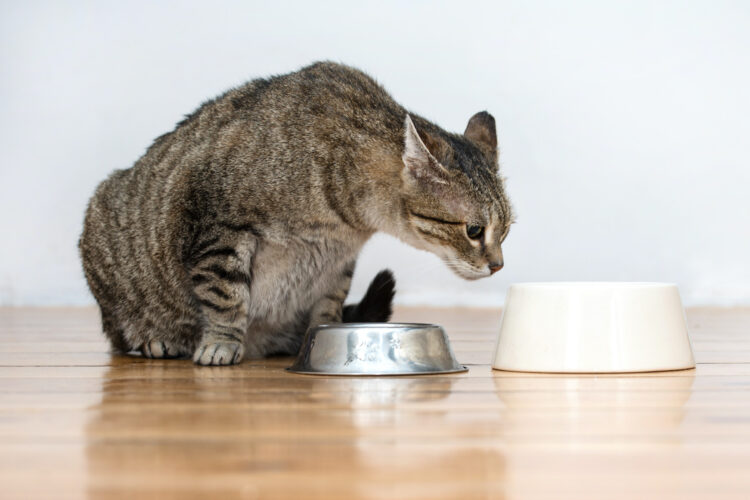
Conversations
Pet Food
October, 2021
How the lack of pet food regulations can play havoc with consumer safety
It wouldn’t take long to compile a list of all the ill effects of the global pandemic declared in 2020. Taking a bit more effort would be finding a few bright spots during this health crisis including an Abacus survey released in June that revealed one silver lining beneath those clouds of doom. It turns out that during quarantine periods, more than 900,000 Canadian households adopted a pet to help endure those lonely doldrums of isolation while offering their animal arrivals happy, welcoming homes.

Because of that spike, roughly one in two Alberta families now own a pet. With newbies in particular concerned about their domesticated animal’s welfare, it’s not surprising that they have questions about caring for the pets, especially regarding what to feed them without endangering their health. The problem is where to go for some straight answers.
CFIA coverage
Pet food regulations are covered by the Canadian Food Inspection Agency, especially imports, almost all of it from the U.S., which already has an extensive set of rules covered by the Food and Drug Administration (FDA). In Canada, domestic pet food producers that export are subject to CFIA regulations regarding packaging and labeling.
What the CFIA does not cover is “domestic production and sale of pet food,” a stipulation in its Terrestrial Animal Products and By-products policy, which worries Susan Thixton, a pet food consumer advocate who has her own suspicions about that omission.
“I can’t speak for the Canadian government,” said Thixton—who runs a website called Truth About Pet Food—via email. “But I suspect one reason would be the cost of regulation. Canada would have to start from square one, which would include writing labeling laws, manufacturing standards, nutritional standards, legal definitions of all ingredients (and there are hundreds), and on and on.”

Industry fends for itself
In other words, the pet food industry is left alone to enforce itself. If a harmful product hits the market, companies have to take the initiative to publicly announce and carry out any recall measures. That lack of government support was put to the test in September when Mars Petcare Canada recalled some of its Whiskas dry cat food products after the manufacturer discovered they contained raw materials that failed to meet the company’s quality requirements. Retailers responded by pulling the items off the shelves.
Random correspondence of independent and chain-store pet food retailers in St. Albert revealed that recall notices come either from head office or the manufacturers themselves. Few of them were even aware of the lack of federal regulation concerning the products sold by the merchants, adding that recalls seldom happen.
“I’ve been here almost 20 and there hasn’t been any recalls of any of the food that we carry,” said Kelly Weins, who manages a Mr. Pets franchise in St. Albert. Although she received a notice about Whiskas, it didn’t involve any products in the store’s inventory. “We’re always on top of the food that we carry,” she added. “If something is recalled, it goes back to the manufacturer.”
U.S. enforcement more rigid
Conversely, in the U.S., regulatory bodies like the FDA are far more powerful. In August, the agency threatened to level an injunction against Midwestern Pet Food over fatal levels of aflatoxins in a number of Sportmix products responsible for 130 deaths and 220 illnesses of dogs. The same company also reported the presence of salmonella in much of its lines of cat and dog food.

The FDA also reported in August that Washington-based manufacturer Wet Noses National Treat Company recalled more than 50,000 packages of its Simply Nourish frozen dog food. The product contained extraordinarily high levels of Vitamin D, causing dogs to experience such side effects as vomiting, loss of appetite and weight loss. Although no reports of dog illnesses had surfaced, the company said a faulty vitamin mixer was to blame and had corrected the issue.
In Canada, Thixton claims that any administration of requirements by the CFIA for domestic pet manufacturers doesn’t exist beyond the paperwork stage. She’s also concerned over the effects of how the industry will operate in absence of stringent regulations.
“Pet foods in the U.S. are required by regulation to meet a minimum level of all the required nutrients in pet foods,” said Thixton. “In Canada, there is no such requirement. So a dog food could be marketed as being ‘healthy’ when actually it could cause health issues for the pet because it does not contain all the required nutrients the pet needs. Without labeling regulations, Canadian pet foods can make any label claims and mislead pet owners. A pet could get sick or die linked to the pet food, and there is no regulatory authority for veterinarians or pet owners to report the issue to.”
Owners get ill as well
It isn’t just pets that are affected. People can also suffer from the medical consequences of tainted food when feeding it to their pets. In 2020, several people including two Albertans became ill from salmonella found in two pig-ear products, Paws Up! and a Western Family brand—both sold at Canadian Tire and Save On Foods. After one person died and at least three others were hospitalized, Ontario-based supplier Master’s Best Friend yanked the items off the shelves. To be fair, the federal government did issue a consumer alert, albeit under the auspices of the Public Health Agency of Canada.
Thixton suggests that pet owners do their own food research such as contacting manufacturers about a product’s content, nutritional value and any testing done before distribution took place. She even thinks households can make their own food as long as they follow a recipe that conforms to pet needs. But she thinks the big picture when it comes to beefing up regulations in the Canadian pet food industry is beyond the reach of consumers.
“Unfortunately Canadian pet owners can do very little to assure the pet food is safe or assure the food provides their cat or dog with the proper nutrition it requires.” t8n
CANADIAN PET FOOD INDUSTRY AT A GLANCE
- Retail sales of pet food in Canada has increased 5.8 percent in CAGR from $3.4 billion in 2016 to
$4.2 billion in 2020 and is expected to increase in CAGR by a further 4.9 percent attaining $5.3 billion by 2025. - Dog food was the largest pet
food category with retail sales of $2.8 billion (65.4 percent market share) in 2020, while cat food was the second largest pet food category with retail sales valued at $1.4 billion representing a 32.7 percent market share in 2020. - The five largest pet food companies in Canada controlled 52.0 percent of the retail market share in 2020.
- Pet food retail sales in Canada were distributed primarily through store-based retail channels (76.6 percent market share representation), while the remaining pet food retail sales were distributed via non-store retailing, e-commerce (21.7 percent market share representation) in 2020.
- In 2020, Canada exported $1.1 billion of pet food to global markets.
- There were 1,025 new pet food products launched in Canada between January 2016 and December 2020.













